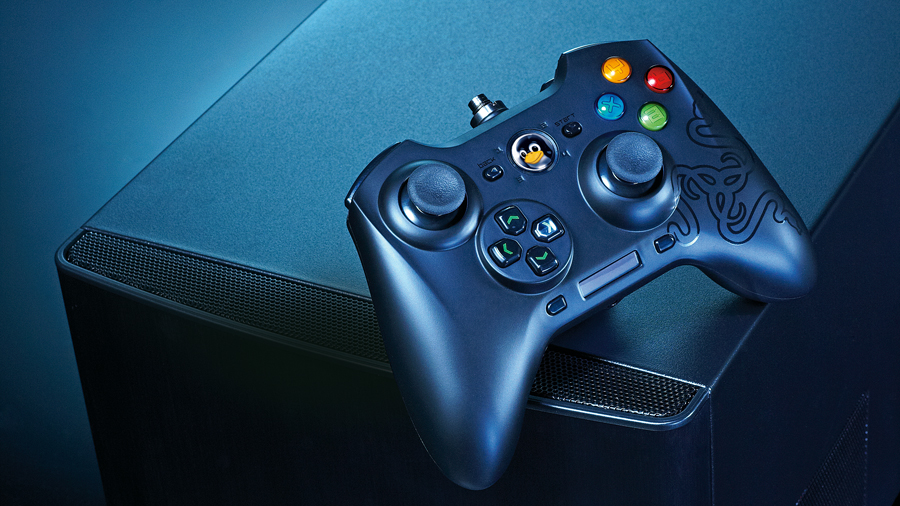
Dear old Linux, what are we to do with you? Developed for just over two decades and it's still barely made a mark on the consumer consciousness.
There was a vague peak during the netbook fad - as it enabled companies to eliminate the extra cost of a Windows installation - but that quickly faltered after people started taking them back because Microsoft Office wouldn't run on them. Have people never heard of Open Office?
The way we're complaining you'd think Linux is overlooked and underused. The amazing truth is that the majority of supercomputers run one type of Linux or another, and it's the leading OS on servers. Besides these, it's put to work on millions of low-power embedded systems around the world - a little something called Android.
So why then does the desktop remain a Windows bastion, while Linux is left shivering out in the cold? The same question could be leveled at the Apple Macintosh. Even with the hysterical success of Apple's wider products, the Mac as a desktop system accounts for just under seven per cent of the market. Linux is no higher than five per cent, and web use points the figure down to a pathetic 1.5 per cent.
Even with the attractiveness of the Mac's ease of use - which brutally contrasts with the stubborn user-friendly-free design of Linux - both still have the same fatal flaw: few games.
Until now. Valve, with its release of Steam for Linux - and more recently the announcement it's going to release an open gaming-platform based on Linux-powered PC architecture - could totally revitalise the desktop fortunes of this able OS.
We're going to take a look at how learning to run Linux, getting it installed and knowing the new gaming platforms can help you get gaming on a free and easy-ish to use OS.
Get daily insight, inspiration and deals in your inbox
Sign up for breaking news, reviews, opinion, top tech deals, and more.
Stop laughing at the back. It's okay to admit in these modern times that you've dabbled with Linux at some point in your life. You might have been drunk, or flirted with it during those care-free college days when life was still exciting and fun. But then you grew up a little and realised Windows was what everyone else used. It had everything you wanted and needed, without all the additional baggage that Linux brought with it.
Linux - or as insane people would like you to call it, Linux-based GNU - can be one funny old fish to fry. It's one of the most stable, secure and flexible operating systems on the planet. It's also free - anyone can install, create and release homemade distributions.
The implications are immense for an ever more locked-down DRM world, with devices that require an advanced OS springing up all over the place. Why should you have to pay the Microsoft tax on each one of those devices when Linux frees you from that expense while remaining totally legal? It enables you to throw installs on your desktops, your servers, your media centre and on as many virtual machines as you have time for. No one's going to try and take your money or, most annoyingly, continuously check and ask you to validate your copy if you happen to change a bit of hardware.
So why won't it take off on the good ship desktop? We think the big stumbling point is gaming. Originally, a large part of that stumbling point was a distinct lack of hardware driver support - more specifically, 3D graphics card drivers. If you can't install a 3D card, you simply won't be playing anything more exciting than Minesweeper or Solitaire.
The good news is that the big three, which is to say Nvidia, AMD and Intel, do provide acceptable driver support. We hesitate to use anything more positive than 'acceptable', as stable and optimised support tends to lag Windows drivers by up to a year. This effectively limits you to slightly older and less-able cards, but it's better than a poke in the eye with a VGA cable.